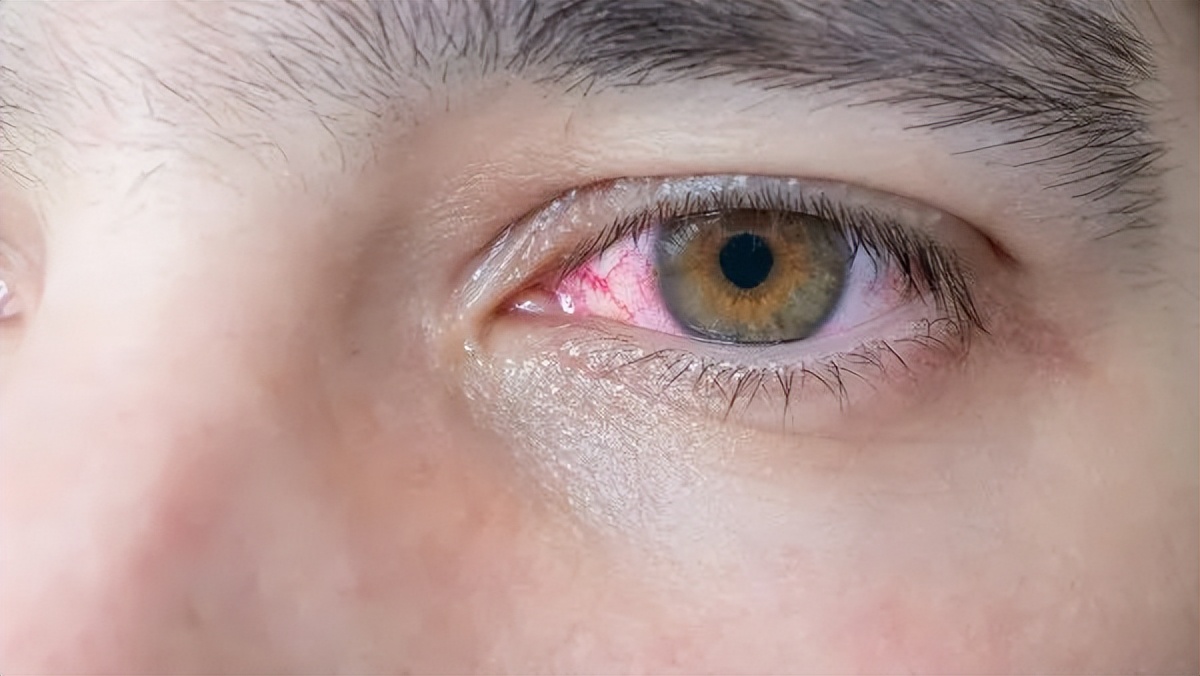Why did someone blink frequently, and the baby was rarely blinked?
Author:Beijing Science Center Time:2022.07.29
Review expert: Liu Dongbao
Shenyang Red Cross Hospital Ophthalmology Chief Physician
You must pay attention to your own eyelids: no matter whether men, women and children are, no matter what activities are, blinking like breathing, it is a natural subconscious behavior.

When we were young, we may have played such a game with our companions: the two of them blinked first, and those who blinked first were dedicated to defeat. However, even if we are intentionally controlled, we can only persist for 1 minute or even shorter, and it is likely to accompany the soreness or tears of the eyes.
But if you observe the baby who is born shortly, you will find an interesting phenomenon: even if you do n’t go to competition, cute babies will often win in the “Blink” competition, and they often have naive big eyes. Look at you for a while. Babies' blinking frequency is far lower than adults. Why is this strange phenomenon?

Source 丨 hippopx
Blinking mechanism
The blink of an eye is a kind of eyelids dominated by facial nerves and eye nerves. It is also called "instantaneous reflection".
Think about it: In our daily life, what happens under the eye?
When eating, walking, and studying, we will blink unconsciously at a certain frequency; and when someone clasps hands or waves close in front of us, we often have difficulty controlling eyes. The above is the two classic types of blinking: unwritten blink and reflective blink.
Unsopling blink is a self -opening and closing movement of the eyelids. It does not need to be controlled deliberately. It is a natural protective movement. In the extremely short gap in the blink of an eye, the retinal photosensitive cells can get a brief rest; through the blink of an eye, a layer of water -rich, lipid and viscosity can be formed on the surface of the eyeball to maintain the moisture of the cornea and conjunctiva; It can prevent foreign objects from entering the eyes (once the foreign body enters the eyes, it will secrete a lot of tears and remove it through the blink of an eye); at the same time, it can also promote the tears normally into the tears without spilling.

The blinking frequency of normal adults is 15-20 times per minute. When reading or using screen terminals such as mobile phones, computers for a long time, concentrated attention and eye muscles are in a state of fatigue. Insufficient degrees, it is easy to have symptoms of dry eyes, foreign body sensations, tears, and even dry eye.
The reflective blink is a closed -eye reflection that occurs when people are stimulated by foreign bodies, strong light, and frightening, and can also play a certain degree of self -protection.
The reason why frequent blinking
As mentioned above, normal people blink once every 3-4 seconds, but some people blink the frequency is significantly higher than the normal value. What is it because of this?
Frequent blinking may be one of the manifestations of dry eye. This is a seemingly contradictory cycle that has a smooth logic: long -term viewing of the screen causes the blinking frequency to decrease, the corneal conjunctiva is dry, and then dry eye disease; Membrane thickness, which increases the humidity of the cornea and conjunctiva, and reduces the symptoms of dry eye.

Source of Dry Eye 丨 Fuhe Health
Tingling disease will also show a significant increase in the number of blinks. Pumping disease is a chronic neurological disorder that occurs in children, which manifests as unreasonable and rapid twitching of multiple parts of muscles, including faces, limbs, and trunk. The specific symptoms are fast and disorderly blinking, linked mouth, nose, eyebrows, shrugging, etc. , It may also be accompanied by abnormal pronunciation and insignificant words of the throat.
In addition, eye diseases such as cornealitis, conjunctivitis, and trachoma can also lead to an increase in blinking frequency.
Why don't babies blink?
The frequency of babies blinks is much lower than adults, even less than 4 times per minute; the blinking frequency of preschool children will increase to about 8 times per minute, and it will continue to increase to 15-20 times per minute after adulthood.

Source | Unsplash
The cause and mechanism of the blink frequency with increased age have not yet been clear. Some researchers believe that the babies' blinking frequency is mainly determined by the condition of eye watches such as tear membrane and the area of the eye surface, but more and more studies in recent years have shown that the central dopamine system has participated in it.
As early as the 1980s, CN Karson explored the monkey as the research object: giving dopamine receptor agonists, the blink frequency of the monkey will increase significantly, and the dopamine receptor antagonist will significantly reduce the blink of an eye. Pediatric studies have shown that the blinking frequency is affected among pathological children related to the central dopamine system.
Another study shows that factors such as breastfeeding and new things can significantly enhance the secretion of dopamine secretions of human babies and rats, and their blinking frequency has also increased significantly. Research in multiple fields has proven that the growth of the blink -frequency frequency and the development of the central dopamine system have consistent, which also provides indirect evidence for the relationship between the two.
In the end, whether it is a school -age child or an adult who works hard, read books or stare at the screen for a long time. Be sure to get up from time to time, look at the distance, or set up eye exercises to protect the windows of our soul.
- END -
The new version of the Chinese Helicobacter pylori infection therapy guide has said, this is a good look!

For medical professionals for reading referenceThe latest expert interpretation!Re...
Ministry of Ecology and Environment: The national carbon market launched a one -year carbon emission quota transaction of 194 million tons

On July 21, the Ministry of Ecology and Environment held a routine press conferenc...